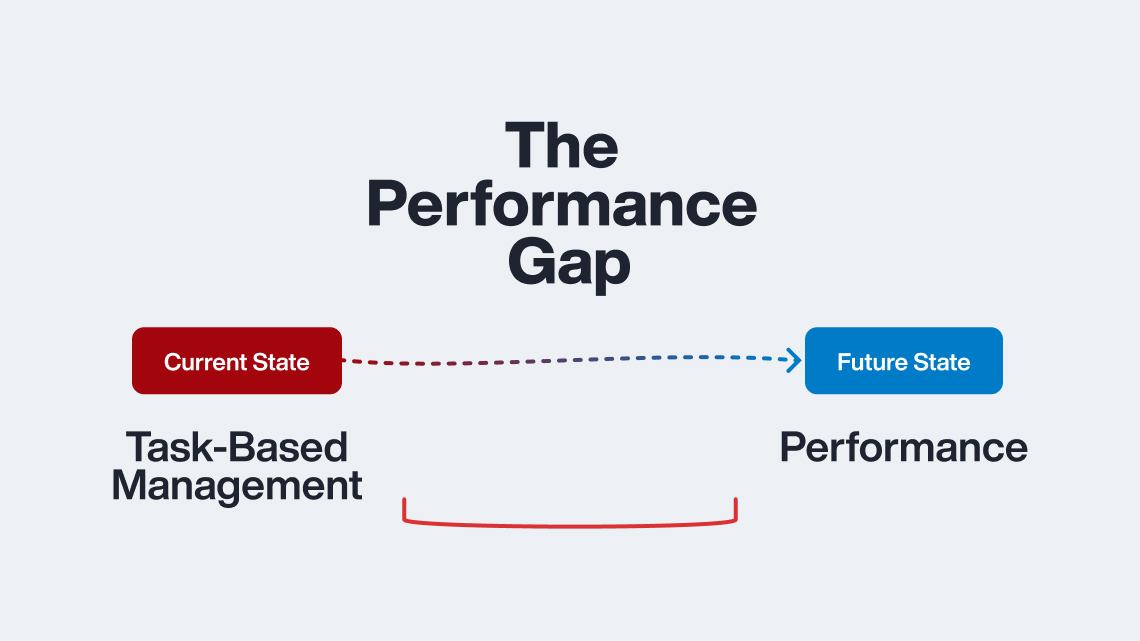Published on February 2nd, 2015
By Alexis Hammond
Veteran property management professionals understand that renewals account for the majority of your community revenue. Some property ratios show renewals in the 60%-65% range. With so much riding on renewal percentages, you’d expect leasing agents to focus heavily on that segment, but all too often attracting new residents gets more attention – more marketing dollars, more incentives and more concessions.
Negotiating new resident leases and renewals have some commonalities, though. Fine-tuning your pushback strategy may help your team with both resident types. Let’s take a deeper look at overcoming objections using renewal leases as an example.
Before you can effectively boost retention rates, you’ll need to clearly define your property goals and lease adjustment policies. Be sure you cover the following items in your plan.
- Have you established minimum and maximum increase levels?
- Do all leasing agents know how to “defend” situations where new leases are lower than the expiring rental rate?
- Is your renewal notice schedule timely? Have you tested your resident pool to determine the best time to send renewal notices?
While there will always be a few residents that are counting the days until they can move—you can’t please 100% of the people, 100% of the time—overcoming decision reluctance is fairly simple, if you and your team are prepared for pushback.
The three questions above focus on the most common objections during the lease renewal process:
- Why do you penalize current residents with higher rent when new residents get deep discounts?
- I can’t afford to pay that much more every month in rent.
- I’m not thinking about renewing my lease 90 days before it expires. What’s the rush?
Training leasing agents to respond to hesitant residents is a prudent tactic. Make sure your staff is able to list the benefits of living in your community and the best features your property offers. Relationship building throughout the lease term, i.e. exceptional customer service, online resident portals that make life-management more convenient or easier, and rapid response time to maintenance requests or noise complaints, all lead to higher retention rates.
Another strategy is implementing an auto-renewal policy for your property. Automatic renewal policies can dramatically boost retention rates and curb administrative costs. If you’re looking for ways to manage costs and maximize your profits, automation is a good solution to consider.
Your administrative burden goes down because your staff spends less time drafting and delivering notices and letters, plus there is a reduction in face-to-face and telephone communication. And, when you know well in advance that residents are definitely leaving, you’ll have more time to market the vacancy and prepare for the make-ready, reducing vacancy days between leases.
Watch for Unspoken Clues
If you’ve implemented a good plan, trained your staff well and converted your property to an automatic renewal policy and you’re still having trouble boosting retention rates, you might be missing important clues.
Donald Davidoff wrote an interesting post for Multifamily Insiders that provides some valuable insight into the causes behind decision reluctance. In his post, Davidoff says that the stated objections are rarely the real problem for hesitant residents. Your leasing team needs to do a bit of detective work by asking open-ended questions to encourage the resident to express his or her real concerns about signing the lease.
As the old adage goes, your best defense is a good offense. If your retention rates aren’t as high as you’d like, maybe it’s time to review your renewal process, and more specifically, how your team interacts with reluctant decision-makers.









Comments by Alexis Hammond
How Small Property Management Companies Win the Competition Game
Hi Brian - There are several great sources out there. Here ...
AppFolio End of Year Preparation (Customer Webinar Recap)
We're glad you found it useful. Thanks for your interest in ...
AppFolio Reports and Letters Overview (Webinar Recap)
Hi Felix - Thanks for joining our webinar. There is ...
AppFolio Mobile Inspections (Webinar Recap)
Hi Nancy - It shouldn't take long for the photos to upload. ...
The Benefits (and Risks) of Renting to College Students
Hi Jeff - Thanks for your comment. While every location is ...